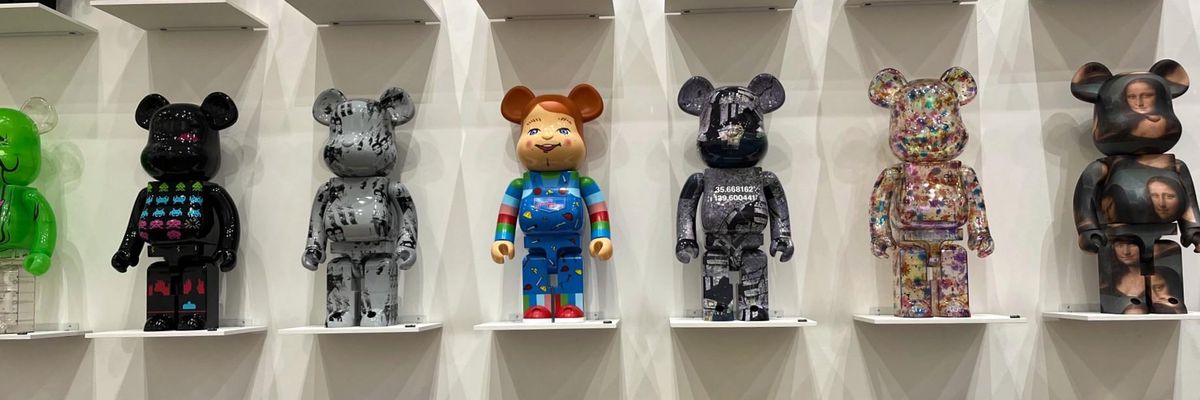

Get in the KNOW
on LA Startups & Tech
X
Image by Decerry Donato
An Art Show in LA Brings Open Studios to Livestream Shopping
Decerry Donato
Decerry Donato is a reporter at dot.LA. Prior to that, she was an editorial fellow at the company. Decerry received her bachelor's degree in literary journalism from the University of California, Irvine. She continues to write stories to inform the community about issues or events that take place in the L.A. area. On the weekends, she can be found hiking in the Angeles National forest or sifting through racks at your local thrift store.
Last week, Los Angeles-based livestream shopping platform NTWRK collaborated with Known Gallery to host a two-day digital art fair. Similar to other livestream shopping, NTWRK only sells exclusive and designer items, some of which can be worth several thousand dollars. Unlike other livestream shopping platforms, NTWRK also stores the livestream video on the app for others to view later.
The lineup was curated by street art veteran Casey Zoltan and directed by mixed media artist Phil Frost and featured an array of L.A.-based artists including OG Slick, husband and wife duo DabsMyla and Joshua Vides. Other artists that were part of the lineup included Andrew Schoultz, Hueman, Askew, Nychos, 13thWitness and Shepard Fairey, creator of the OBEY brand, among others.

In the span of two days, each artist went live on the NTWRK app and showcased their collection and talked about their background. During this time, viewers and fans who were interested in purchasing any of the art pieces would go through a live-bidding process with other buyers.
The auction for each item would last several minutes and some artists also offered a "buy it now" feature for some of their smaller art pieces. The virtual show gave insight into the future of selling art with most of the artists going live in their own art studio. Others like OG Slick, however, got creative and drove around in their car to show viewers the murals they painted.
For the show, Fairey painted four OBEY art pieces that included the infamous icon face created specifically for the event—each of which sold for $5,000. Vides, a much younger artist, had a few hand painted skate decks for sale starting at $1,500 and the items that didn’t sell are still available for purchase on the app.
Similar to WhatNot’s format, viewers that tuned in to any of the artists’ livestreams also had the opportunity to interact and chat with some of their favorite artists in real time. Fans primarily focused their feedback on how excited they were for these collector’s items exclusive to NTWRK and the Known Gallery. Other viewers that tuned in were also chatting and responding to people who were new to the platform and gave them a rundown of how the auction went.
One fan told DabsMyla, “Love you guys so much. Met you at your Technicolor show and it was amazing.”
Since its launch in 2018, NTWRK has also created exclusive content with artists like Takashi Murakami and has collaborated with featured hosts like Billie Eilish, DJ Khaled, Odell Beckham Jr., Blake Griffin, Jonah Hill, Doja Cat and other prominent figures.
From Your Site Articles
- Kollectiff Debuts New Venice NFT Gallery With Art By Julie Pacino ›
- No Venues, No Roadies — Encore Wants To Enable Concerts From Your Phone ›
- Gangsta Rap Takes to the Blockchain ›
Related Articles Around the Web
Decerry Donato
Decerry Donato is a reporter at dot.LA. Prior to that, she was an editorial fellow at the company. Decerry received her bachelor's degree in literary journalism from the University of California, Irvine. She continues to write stories to inform the community about issues or events that take place in the L.A. area. On the weekends, she can be found hiking in the Angeles National forest or sifting through racks at your local thrift store.
Glytch Wants to Build 32 Esports Arenas Across the Country. The Industry is Skeptical.
06:00 AM | July 07, 2022
Credit: Glytch
An undisclosed location along 405 Freeway could soon be home to one of the biggest experiments in esports’ evolution: A hulking, postmodern 3,000-person arena packed with professional-grade gaming tech that could serve as a meeting place for fans of all ages.
And if Irvine-based Glytch has its way, the stadium would be the first of many.
The company is poised to build 32 esports arenas across the nation in the next decade, betting big on a vision of competitive video game playing that follows the model of more traditional sports, where in-person action and ticketing income is key.
But others in the local esports market have pulled back on their plans for stadiums, focusing instead on the lucrative merchandising and sponsorship income that ballooned during the pandemic.
After a whirlwind few years when interest in esports skyrocketed, the industry is grappling with what the future of competitive play looks like.
In particular, teams and tournament organizers are facing a critical question: Is an in-person presence necessary to their operations?
‘Fans Need a Home’
Glytch is one esports outfit gunning for more arenas, betting that ambitious, state-of-the-art facilities could draw in even larger crowds by providing a centralized infrastructure for esports.
The company is currently working on the first of its stadiums in Los Angeles, home to a slew of top-talent esports teams and gaming companies, including TSM, Immortals, Cloud 9, Team Liquid and FaZe Clan. All have bases or training facilities in L.A.; none own stadium space, although gaming organization 100 Thieves operates its own broadcast center at its Culver City headquarters.
Glytch co-founder and chief financial officer Michael Williams wouldn’t disclose the exact location for his planned stadium, but he’s already inked a partnership with events company Legends that would see the New York-based firm – which has deals with Inglewood’s SoFi stadium and the LAFC’s Banc of California Stadium Downtown – operating all Glytch’s completed venues.
“There’s a lot of different stadiums [esports teams] can play at, but ultimately [fans] need a home,” Glytch’s CEO, Gerome Seeney told dot.LA.
The company’s custom-built arenas will each cost between $54 million and $75 million to construct and encompass 1,500 to 3,000 seats across a total 120,000 square feet, combined with a mixed-use stage and broadcasting capabilities.
Glytch is looking to subsidize some of that development cost with municipal funds. While it is not seeking city funding in LA, the company is “exploring” bond agreements with the cities of Chicago and Atlanta, Williams said.
Glytch, which counts Joe Montana and Twitch co-founder Kevin Lin among its investors, plans to host at least 16 events each month. While it won't say precisely how much esports event tickets will cost, non-esports event tickets average around $80 in Los Angeles per Pollstar data, Williams said, adding that he was optimistic that price will continue to rise.
Williams wouldn’t disclose how much Glytch has raised since its 2020 launch but said, “the vast majority of our funding is from sports industry people, not venture people.”
Williams’ prior ventures include esports tournament organizer Oomba and video arcade chain GameWorks, which shut down in December 2021.
Glytch plans to generate revenue by hosting other events at its venues, along with esports.
“Today, we might have an esports event, tomorrow, there might be a TED talk,” Seeney said.
There currently aren’t any sponsors lined up to slap their name on Glytch’s forthcoming arena, and it’s too early for teams to be signed up to play there. Williams said Legends is responsible for courting naming rights deals roughly a year prior to opening.
To cater to a more casual crowd, Glytch’s stadium will contain a place for people to rent equipment to play live games on a local area network (also called a LAN center).
“We plan to charge very little for our LAN center because that will not be our primary source of income,” Williams said. “Having great gaming machines at a reasonable rental rate is not sufficient to pay the high rents charged in the L.A. basin. Instead, the company must have a complete solution that includes multiple revenue sources.”
And the venue would be part of a “broader, master-planned… entertainment, sports and wellness district” with a number of tenants and upcoming projects, according to Brian Mirakian, who works for Populous, the architecture firm tasked with designing the complex. The firm has helped build 1,300 sports stadiums globally, and is now working on a redesign of the L.A. Convention Center.
Mirakian compared Glytch to Topgolf, the driving range chain that recently opened a facility in El Segundo, adding that “there's a tremendous amount of excitement around returning to the live events.”
He said the arena is in the “early stages of design” and hasn’t yet broken ground – its estimated opening is first quarter of 2025.
Glytch isn’t alone in its ambitions to build an in-person esports center in the city.
Dr. Patrick Soon-Shiong, owner of the LA Times, announced plans to build “the Staples Center of esports” adjacent to the Times’ El Segundo headquarters in 2019, but construction never got underway, though his company did build a seven-acre lot near the El Segundo campus that hosts Epic Games’ L.A. production lab.
Hillary Manning, a spokeswoman for Soon-Shiong, told dot.LA the billionaire hasn’t totally abandoned plans for a stadium.
“The Soon-Shiongs remain interested and invested in esports and are still considering building an esports arena,” she said.
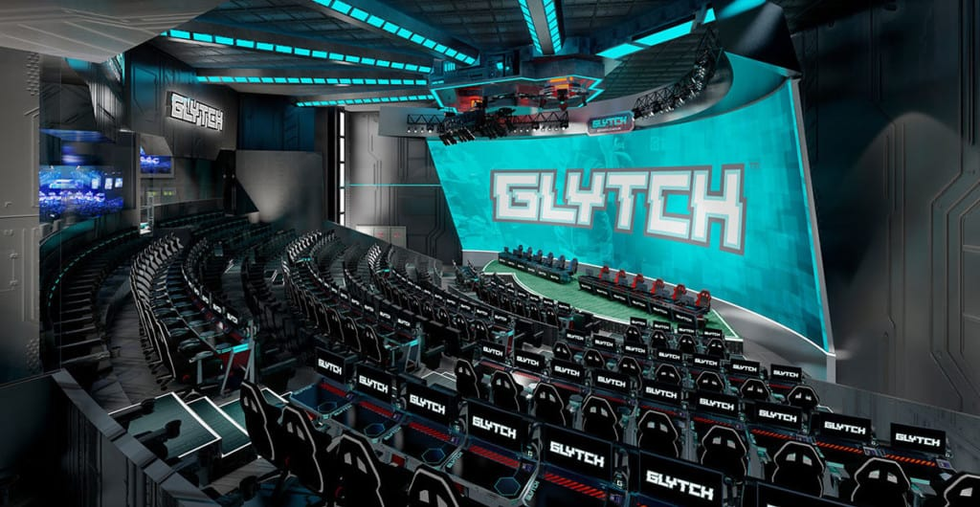
Competition, Live and At Home
Paying for premium stadium real estate could be difficult if people fail to show up, and many in the esports world see venues as an unnecessary money suck, given that fans have become used to not watching in-person.
“The beauty of the sport is it clearly doesn't matter” where fans are, said Bruce Stein, former co-founder of esports organization Team Liquid. “It's a different kind of affinity and connection, and it works really best online… that means you have to adapt your business to it.”
The pandemic prompted a renewed interest in watching esports – the global fan base is set to grow nearly 9% annually to 532 million people by the end of this year, according to analysts at Newzoo.
The esports industry, which is on pace to rake in nearly $1.4 billion by the end of 2022, has been doing just fine without a concentrated network of in-person venues, especially because many tune in strictly online. Its unprecedented rise during the pandemic has been thanks mainly to lucrative sponsorship deals, which made up an estimated 60% of the entire market.
“A typical day for us would be like 4,000 people at our facility and 100,000 people online,” Williams speculated.
Reaching a broad audience is key to not going bankrupt when you’re a facility owner. One cautionary tale: OGN’s now defunct 35,000-square-foot esports arena.
The South Korean broadcast company moved into a Manhattan Beach arena in 2018 but couldn’t fill the seats.
“They couldn't book it enough and it didn't drive enough revenue and we shut it down,” said Greg Lovett, executive managing director of Cushman Wakefield’s L.A. realty office, who oversaw the deal while working at Cresa Partners.
“We had to sublease it to a production company,” he said, adding that OGN ultimately found that, unlike South Korea, U.S. gamers just weren’t used to going out to see live esports events.
Another example: Irvine’s now defunct Esports Arena. According to an insider, the property was built by a mall operator unfamiliar with the specifics of building a venue for hundreds or thousands of spectators. The arena quickly shut down because it couldn’t get enough fans through the doors each month to keep the lights on.
“An audience-rated facility is very expensive, and very difficult for permitting because of fire safety,” Lovett said. “If you go to the city today and say, ‘I want to build something like [an esports arena], that’s a mega-project,” he said, adding that retrofitting a building to be a stadium instead of custom construction is “almost impossible."
Glytch’s plans for an esports stadium differ from OGN’s and the Esports Arena’s in terms of scale: Glytch wants its first L.A. outpost to be part of a network of nationwide arenas that all feed into the esports fandom and prop up company revenue.
Williams said he thinks esports can succeed if it mirrors traditional sports, partly because that’s an ecosystem that regional fans – but perhaps more crucially, big-box advertisers with sponsorship cash to flex – are familiar with.
“We had the idea of, ‘Let's build these sports stadiums across America. If esports is the next NFL, then there ought to be stadiums,’” Williams said.
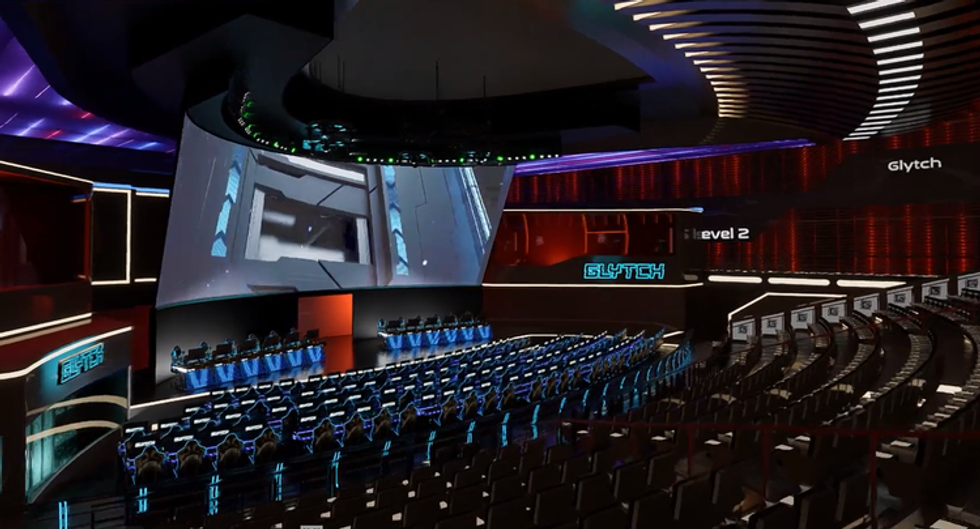
If You Build It, Will They Come?
Still others in the industry see an opportunity for a forward-thinking company backed by investors with deep pockets and vision to build esports into an in-person event in the U.S. But much will depend on whether fans prove interested and venue operators are able to find sponsorship.
“Most esports organizations don’t own a stadium,” said Dominic Kallas, vice president of esports company TSM, which operates 12 teams from its base in Playa Vista.
Kallas said TSM’s focus is on sponsor deals, but he noted that it recently inked a $210 million naming rights deal with cryptocurrency exchange FTX in early June.
“You can stay profitable off of doing large deals like that” to offset pricier franchise or venue costs, Kallas said.
Williams told dot.LA that Glytch’s arenas will have to rake in at least $8 million across box office, merchandising and concessions in order to break even, but is targeting $10 million annually.
Others agreed that the potential is there, but say the model still hasn’t been created, in the U.S., at least.
“I think that there is a bigger demand, if people can figure out the programming side of it,” said Erik Anderson, head of esports for gaming group FaZe Clan.
“On our side, it's something that we find super interesting at a certain size, [but] when it goes over a certain size, it's no longer interesting and starts to become a burden… There's a certain size when experimenting is no longer an option, because it's too expensive,” Anderson said, adding that “1,000 seats might be too much in the current marketplace.”
Riot Games’ Esports Event Producer Daniel Lee said he thinks locality plays a role in esports, but isn’t convinced that means stadiums would play the same role as they do for other types of sports.
“I believe a city-based [team] will create fandom,” he said. “But traditional sports and esports are completely different beings,” he said, added.
Stein agreed.
“If you try to make it look the same, you're investing for the wrong reason. You may get much more out of it than traditional sports, but don't try to make it the same just because there's competition.”
For his part, Williams said he isn’t daunted by the prospect of building the stadiums along with the market for them.
“We hope that we can be the home team [stadium]” for all local esports teams, he said, adding “I hope the numbers in esports continue to grow, the way football has.”
As the industry transitions back into blockbuster events and in-person championship, will esports follow a trajectory that mirrors the NFL’s rise to its place as an intrinsic part of American sports culture? The answer may simply depend on who shows up.
Editor's note: This story has been updated to reflect the make-up of Glytch's founding team.
From Your Site Articles
- Esports One Provides 'Fantasy Sports' for Competitive Gaming - dot.LA ›
- 'LA Hasn't Built a Stadium of This Size in 100 Years': SoFi Stadium Is ... ›
- Infinite Reality's $470 Million Bet on Metaverse Gaming - dot.LA ›
- The Future of NRG Esports Is in Madison Square Garden - dot.LA ›
- LA Tech Week: Normalizing Esports Investment Downturns - dot.LA ›
Related Articles Around the Web
- Mastery Esports (@mastery_esports) on Instagram • 1 photos and ... ›
- Glytch | Founder Michael Williams on the future of esports | blooloop ›
- Esports Arena - Wikipedia ›
- About — Glytch ›
- Glytch Announces Populous as Design Architect for its Esports ... ›
- Glytch announces major esports and gaming arenas | Esportz Network ›
Read moreShow less
Samson Amore
Samson Amore is a reporter for dot.LA. He holds a degree in journalism from Emerson College. Send tips or pitches to samsonamore@dot.la and find him on Twitter @Samsonamore.
https://twitter.com/samsonamore
samsonamore@dot.la
What Are LA’s Hottest Startups of 2022? See Who VCs Picked in dot.LA’s Annual Survey
05:00 AM | January 31, 2022
Illustration by Ian Hurley
In Los Angeles—like the startup environment at large—venture funding and valuations skyrocketed in 2021, even as the coronavirus pandemic continued to surge and supply chain issues rattled the economy. The result was a startup ecosystem that continued to build on its momentum, with no shortage of companies raising private capital at billion-dollar-plus unicorn valuations.
In order to gauge the local startup scene and who’s leading the proverbial pack, we asked more than 30 leading L.A.-based investors for their take on the hottest firms in the region. They responded with more than two dozen venture-backed companies; three startups, in particular, rose above the rest as repeat nominees, while we've organized the rest by their amount of capital raised as of January, according to data from PitchBook. (We also asked VCs not to pick any of their own portfolio companies, and vetted the list to ensure they stuck to that rule.)
Without further ado, here are the 26 L.A. startups that VCs have their eyes on in 2022.

1. Whatnot ($225.4 million raised)
Whatnot was the name most often on the minds of L.A. venture investors—understandably, given its prolific fundraising year. Whatnot raised some $220 million across three separate funding rounds in 2021, on the way to a $1.5 billion valuation.
The Marina del Rey-based livestream shopping platform was founded by former GOAT product manager Logan Head and ex-Googler Grant LaFontaine. The startup made its name by providing a live auction platform for buying and selling collectables like rare Pokémon cards, and has since expanded into sports memorabilia, sneakers and apparel.
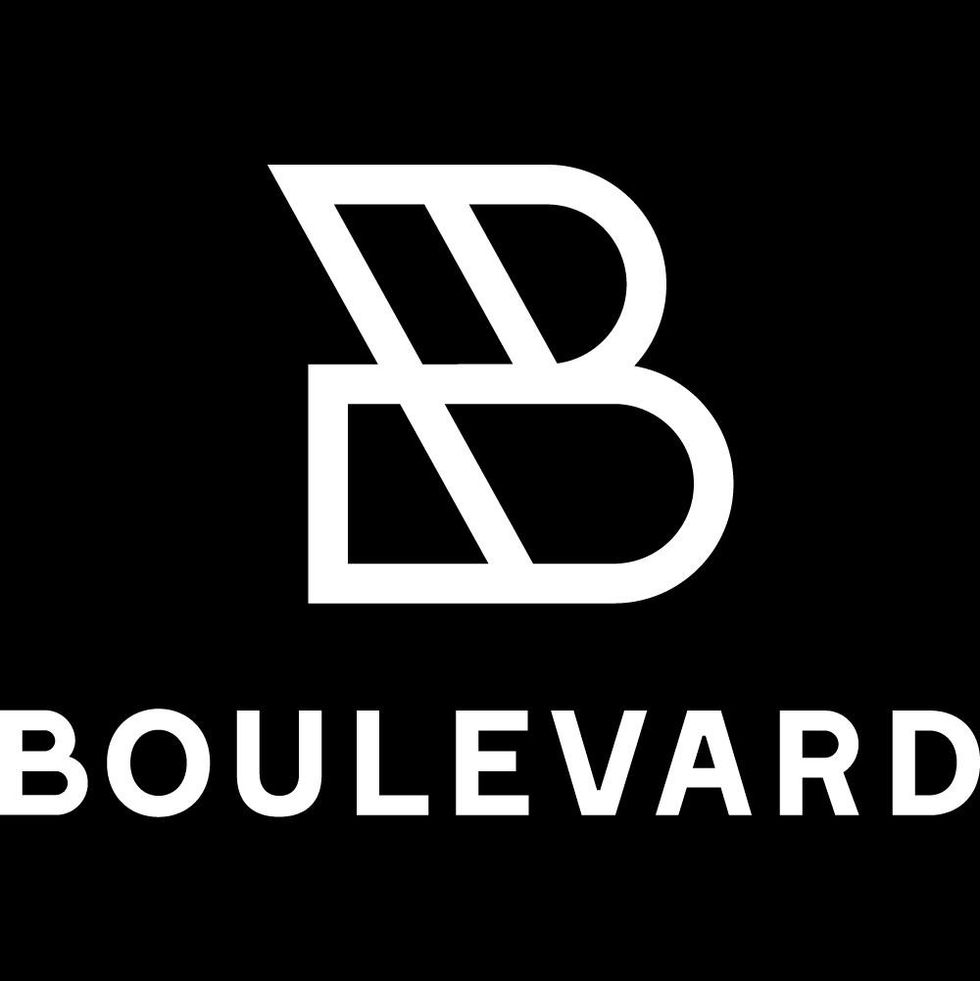
2. Boulevard ($40.3 million raised)
Boulevard’s backers include Santa Monica-based early-stage VC firm Bonfire Ventures, which focuses on B2B software startups. The Downtown-based company fits nicely within that thesis; Boulevard builds booking and payment software for salons and spas. The firm has worked with prominent brands such as Toni & Guy and HeyDay.

3. GOAT ($492.7 million)
GOAT launched in 2015 as a marketplace to help sneakerheads authenticate used Air Jordans and other collectible shoes. It has since grown at a prolific rate, expanding into apparel and accessories and exceeding $2 billion in merchandise sales in 2020. The startup sealed a $195 million funding round last summer that more than doubled its valuation, to $3.7 billion.
The Best of the Rest
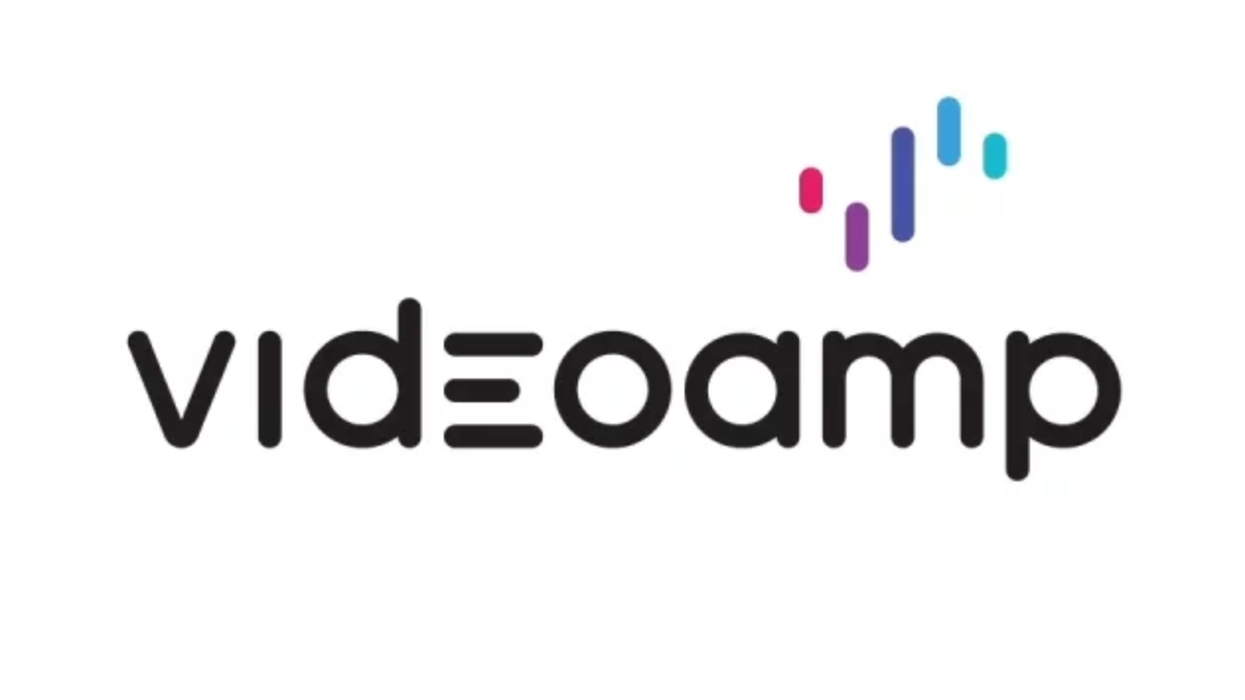
VideoAmp ($578.6 raised)
Nielsen competitor VideoAmp gathers data on who's watching what across streaming services, traditional TV and social apps like YouTube. The company positions itself as an alternative to so-called "legacy" systems like Nielsen, which it says are "fragmented, riddled with complexity and inaccurate." In addition to venture funding, its total funding figure includes more than $165 million in debt financing.

Mythical Games ($269.4 million raised)
Seizing on the NFT craze, Mythical Games is building a platform that powers the growing realm of “play-to-earn games.” Backed by NBA legend Michael Jordan and Andreessen Horowitz, the Sherman Oaks-based startup’s partners include game publishers Abstraction, Creative Mobile and CCG Lab.

FloQast ($202 million raised)
FloQast founder Michael Whitmire says he got a “no” from more than 100 investors in the process of raising a seed round. Today, the accounting software company is considered a unicorn.

Nacelle ($70.8 million raised)
Nacelle produces docuseries, books, comedy albums and podcasts. The media company’s efforts include the Netflix travel series “Down To Earth with Zac Efron.”
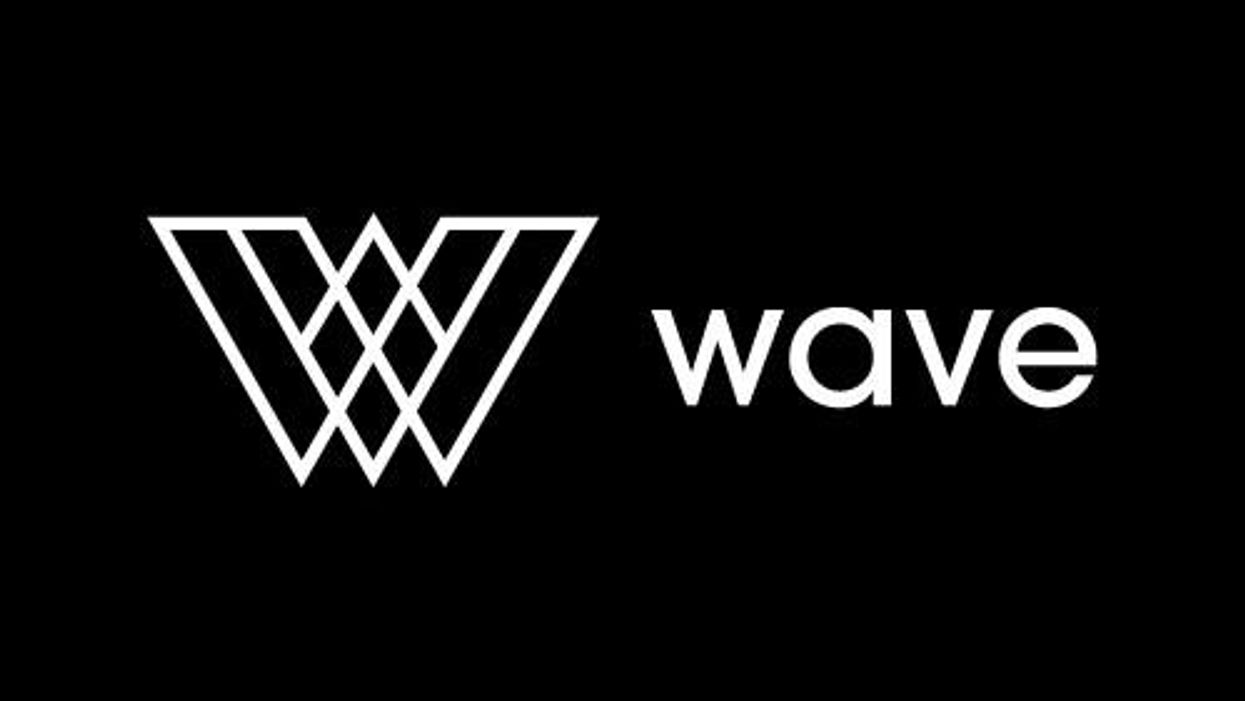
Wave ($66 million raised)
A platform for virtual concerts, Wave has hosted performances by artists including Justin Bieber, Tinashe and The Weeknd. The company says it has raised $66 million to date from the likes of Warner Music and Tencent.
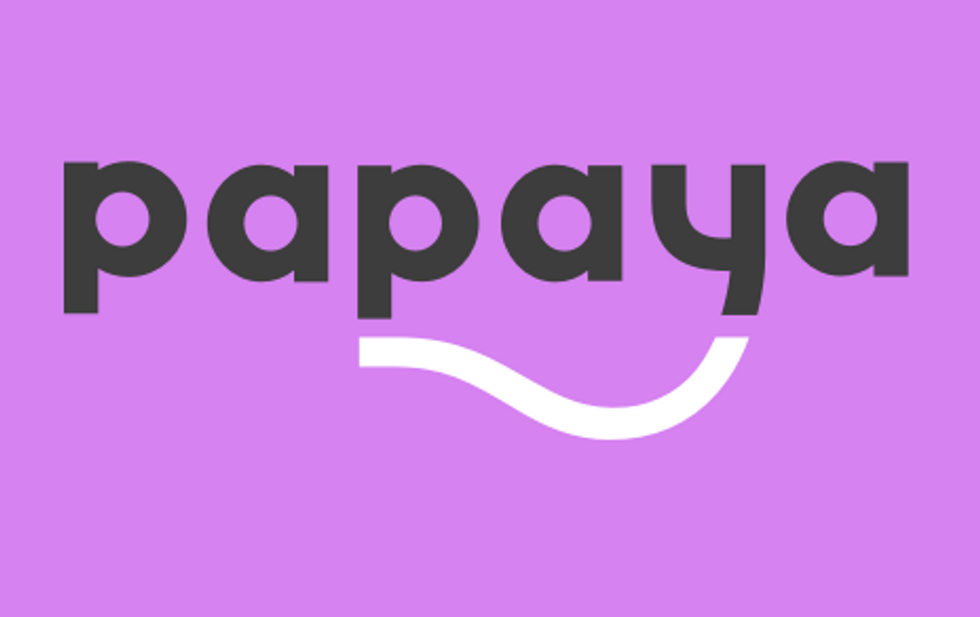
Papaya ($65.2 million raised)
Sherman Oaks-based Papaya looks to make it easier to pay “any” bill—from hospital bills to parking tickets—via its mobile app.
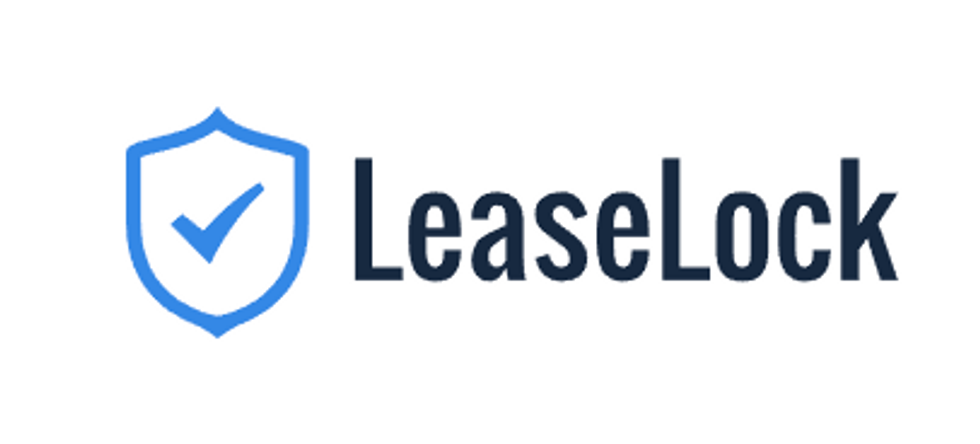
LeaseLock ($63.2 million raised)
Based in Marina del Rey, LeaseLock says it’s on a mission to eliminate security deposits for apartment renters.
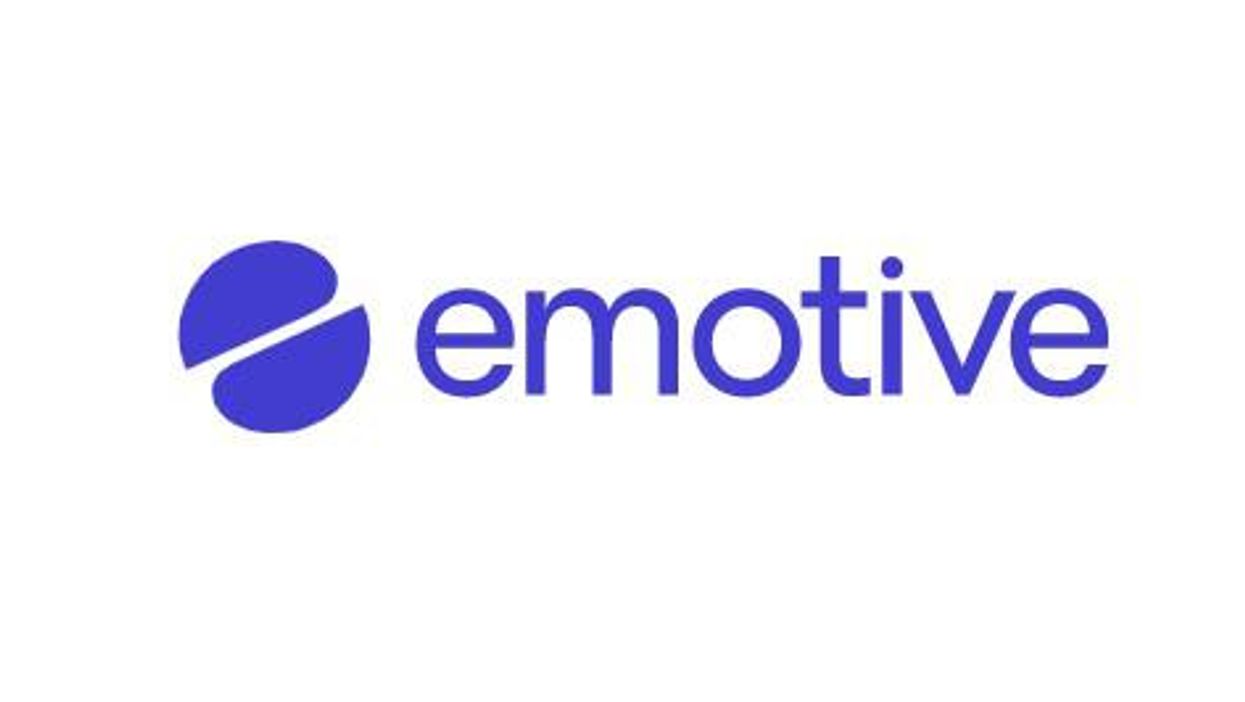
Emotive ($58.1 million raised)
Emotive sells text message-focused marketing tools to ecommerce firms like underwear brand Parade and men's grooming company Beardbrand.
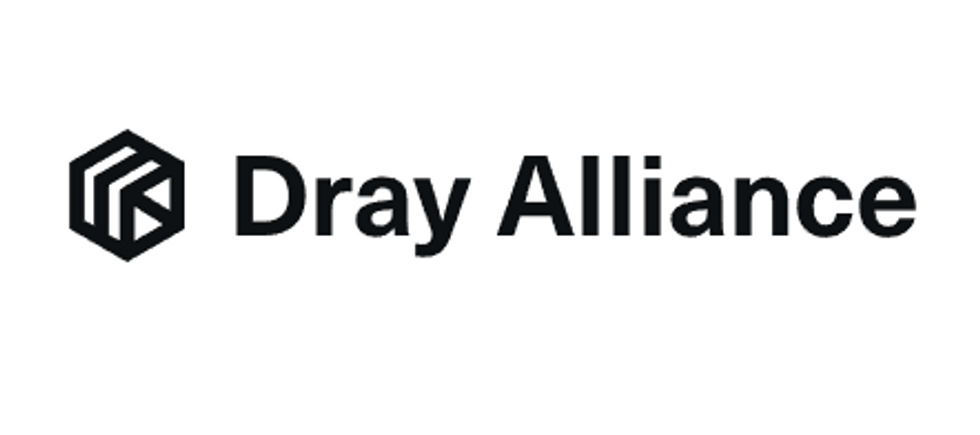
Dray Alliance ($55 million raised)
Based in Long Beach, Dray says its mission is to “modernize the logistics and trucking industry.” Its partners include Danish shipping company Maersk and toy maker Mattel.
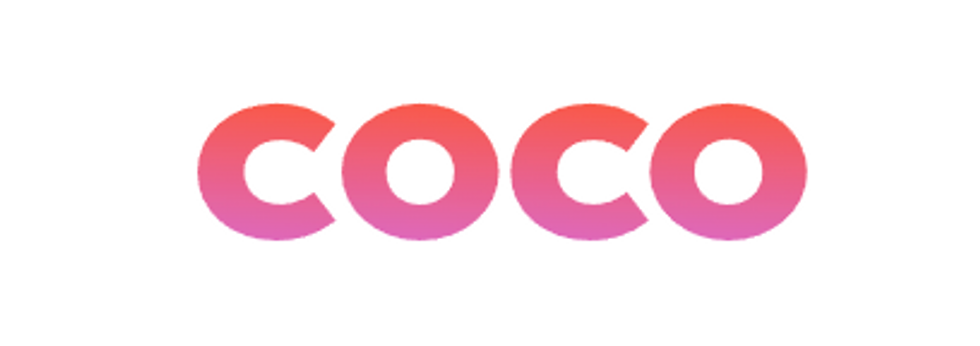
Coco ($43 million raised)
Coco makes small pink robots on wheels (you may have seen them around town) that deliver food via a remote pilot. Its investors include Y Combinator and Silicon Valley Bank.

HiveWatch ($25 million raised)
HiveWatch develops physical security software. Its investors include former Twitter executive Dick Costollo and NBA star Steph Curry’s Penny Jar Capital.

Popshop ($24.5 million raised)
Whatnot competitor Popshop is betting that live-shopping is the future of ecommerce. The West Hollywood-based firm focuses on collectables such as trading cards and anime merchandise.
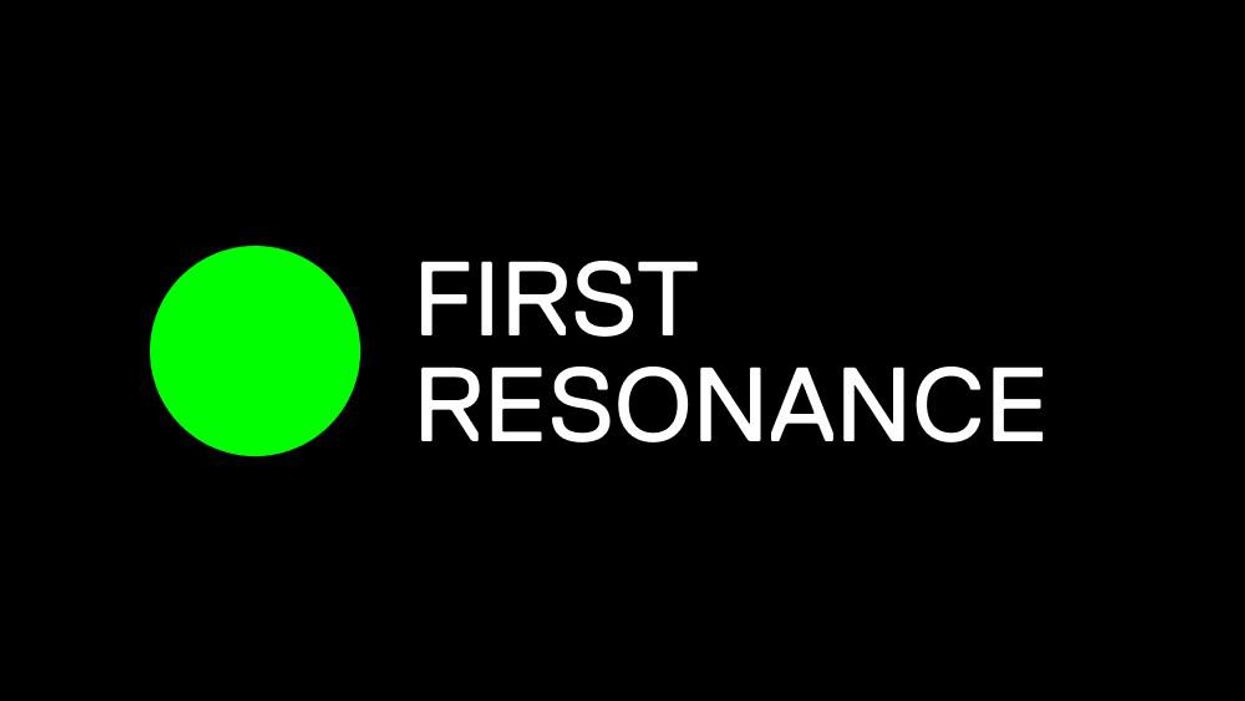
First Resonance ($19.4 million raised)
Founded by former SpaceX engineer Karan Talati, First Resonance runs a software platform for makers of electric cars and aerospace technology. Its clients include Santa Cruz-based air taxi company Joby Aviation and Alameda-based rocket company Astra.
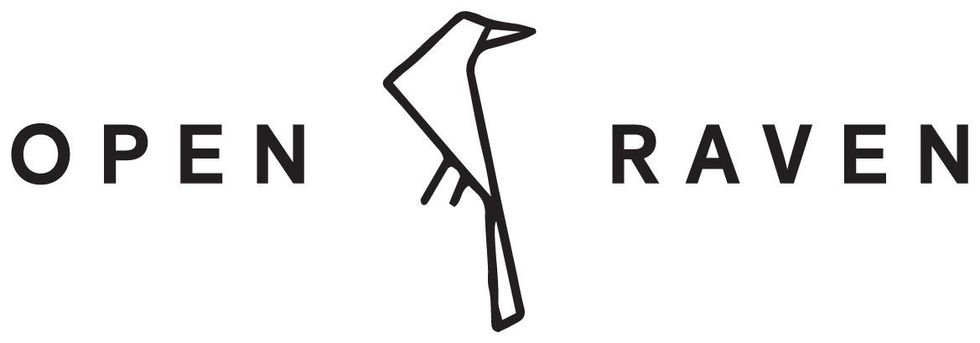
Open Raven ($19 million raised)
Founded by Crowdstrike and Microsoft alums, Open Raven aims to protect user data. The cybersecurity firm’s investors include Kleiner Perkins and Upfront Ventures.

Fourthwall ($17 million raised)
When an actor faces the camera and speaks directly to the audience, it’s known as “breaking the fourth wall.” Named after the trope, Venice-based Fourthwall offers a website builder that’s designed for content creators.

The Non Fungible Token Company ($15 million raised)
The Non Fungible Token Company creates NFTs for musicians under the name Unblocked. Its investors include Jay Z’s Marcy Venture Partners and Shawn Mendez.

Safe Health Systems ($15 million raised)
Backed by Mayo Clinic Ventures, Safe Health develops telehealth software and offers tools for enterprises to launch their own health care apps.

Intro ($11.6 million raised)
Intro’s app lets you book video calls with experts—from celebrity stylists, to astrologists, to investors.

DASH Systems ($8.5 million raised)
With the tagline “Land the package, not the plane,” DASH Systems is a Hawthorne-based shipping company that builds hardware and software for automated airdrops.

Ettitude ($3.5 million raised)
With a focus on sustainability, Ettitude is a direct-to-consumer brand that sells bedding, bathroom textiles and sleepwear.

Afterparty ($3 million raised)
Along similar lines as Unblocked, Afterparty creates NFTs for artists and content creators such as Clay Perry and Tropix.

Heart to Heart ($0.75 million raised)
Heart to Heart is an audio-focused dating app that “lets you listen to the story behind the pictures in a profile.” Precursor Ventures led the pre-seed funding round.

Frigg (undisclosed)
Frigg makes hair and beauty products that contain cannabinoids such as CBD. The Valley Village-based company raised an undisclosed seed round in August.
From Your Site Articles
- The Early-Stage Startups in LA Set to Take Off in 2021 - dot.LA ›
- Los Angeles Startups Closed a Record Number of Deals in Q3 - dot.LA ›
- dot.LA's Map of Startups in Los Angeles - dot.LA ›
- The Hottest LA Startups of 2020 - dot.LA ›
- Los Angeles Cleantech Incubator Launches Green Loan Fund - dot.LA ›
- dot.LA's Guide on L.A. Flight Startups Overair, Archer Aviation - dot.LA ›
- Here Are LA’s Hottest Startups for 2023 - dot.LA ›
- Nobody Studios Plans to Build 100 Startups in Five Years - dot.LA ›
- From GameTree to Sota — Ukrainian Founders Call LA Home - dot.LA ›
Related Articles Around the Web
Read moreShow less
whatnotboulevardgoatvideoampmythical gamesfloqastwavenacellepapayaleaselockemotivedray alliancecocohivewatchpopshop livefirst resonanceopen ravenfourthwallunblockedintrodash systemsettitudeafterpartyheart to heartfriggsafe healthlos angeles tech scenevc sentiment survey
Harri Weber
Harri is dot.LA's senior finance reporter. She previously worked for Gizmodo, Fast Company, VentureBeat and Flipboard. Find her on Twitter and send tips on L.A. startups and venture capital to harrison@dot.la.
RELATEDTRENDING
LA TECH JOBS


